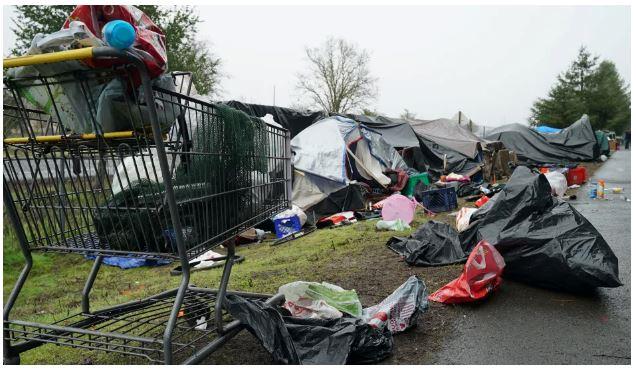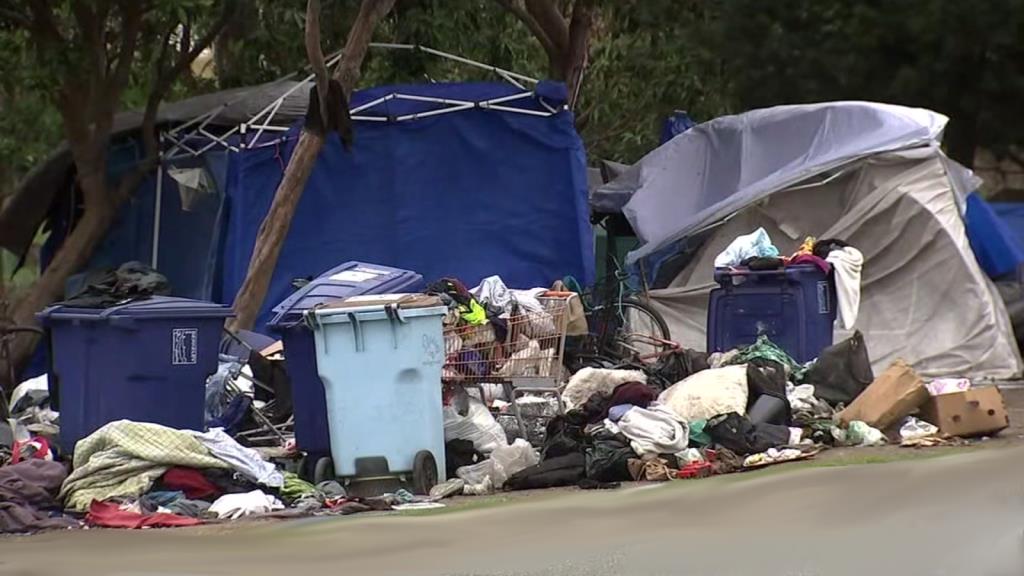We are a group of property abutters and other concerned citizens who fear a negative impact on our communities and personal privacy. We are fighting to counter the false information that has been broadcast by proponents of the Casco Bay Trail. These individuals and groups have failed to honestly communicate the outcomes of the proposed trail.
The current Advisory Council is comprised of bureaucrats and partial non-profits. There is not one citizen resident on the committee. Aside from Shirley Storey-King, a Cumberland town councilor and abutter who is not on the committee, I have heard no information from this group about the project. Abutters I have talked to in Falmouth are even less aware than I of this project. The fact that this group has appeared to take the position of keeping abutters out-of-the-loop makes me believe that much is being hidden from the community. From what I have seen from other similar rail/trail groups they have been counseled to establish direct communication with abutters, but most often fail to do so. I do not believe that this council has an impartial view of this project.
There are many flaws in published reports and studies regarding the benefits of trails like this proposed trail. Most of the reports are single-source templated and neglect to report on the longer term effects of trails.
The Lynfield Rail Trail has taken a strange look at measuring how trails are related to property values. They are quick to mention the increase of property values along trails. Unfortunately the increase seems to only apply to trails with scenic spaces. The boast is that scenic trails can have properties assessed by local governments at a higher level thus increasing property tax revenues. They discount out-of-hand any surveys done of abutters at other trail projects; they claim the abutters’ surveys offer no details and call the surveys biased.
The Seattle Times has reported extensively about the Burke-Gilman Trail (which was used by the Lynfield Rail Trail to promote their line). Some of the findings:
- Values of the properties bordering the Burke-Gilman trail only increased 26 percent between 1978 and 1988, while the average properties in King County went up 325 percent. Between 1988 and 1997, the properties bordering the Burke-Gilman Trail only increased 99 percent while the average assessment increased on other properties in the region by 140 percent.
- The slower growth of assessed property value along the Burke-Gilman Trail has cost the city and county taxpayers these past 20 years $50 million a year in assessed value. This information directly contradicts the report from the Lynfield Rail Trail boosters.
- The Seattle Police Department (SPD) testified "There are higher rates of theft and vandalism along the Burke-Gilman Trail." Sgt. Hume (SPD) also testified at the hearing that the area along the Burke-Gilman Trail experienced a higher crime rate than other comparable neighborhoods.
- In 1991, King County and Seattle had to institute 24-hour police bicycle patrols along the Burke-Gilman Trail
- A quick search of The Seattle Times reports multiple murders and attempted murders along the trail, numerous sexual exposure incidents, multiple rapes, body-dumping cases, numerous violent thefts, vandalism, and scrapes between property owners and bikers.
Other trails referenced in similar studies show glowing reports after the initial development but crime and unauthorized uses have become more prevalent. Surveys done of residents in towns with existing trails distort the results as they combine data from abutters and users. The surveys typically do not give the number of responses from abutters. One example done by americantrails.org indicates a survey of about 1600 responses in Schenectady, New York. The real, unreported, numbers show that more than two-thirds of abutters complained about: lack of privacy, litter, illegal motorized vehicles, disruptive noise, loitering, trespassing, unleashed pets, discourteous users, vandalism, burglary, and harassment. The truth of the report is obscured by the unethical manner of comingling user and abutter data. Many reports also claim "The number of respondents and response rate are unclear." It is apparent that most all surveys and reports are biased by trail advocates, and partisan paid consultants in favor of building recreational trails which benefit few.
Motorized vehicles are regular visitors on trails that outlaw them. Homeless encampments are new features, and more frequent physical assaults are reported on existing trails. Negative reports seem to be suppressed by communities that promote the trails as beneficial. Local governments and "Friends of Trails" groups gloss over any bad press coverage. Police coverage on the trail will be non-existent; local municipalities lack the staffing.

